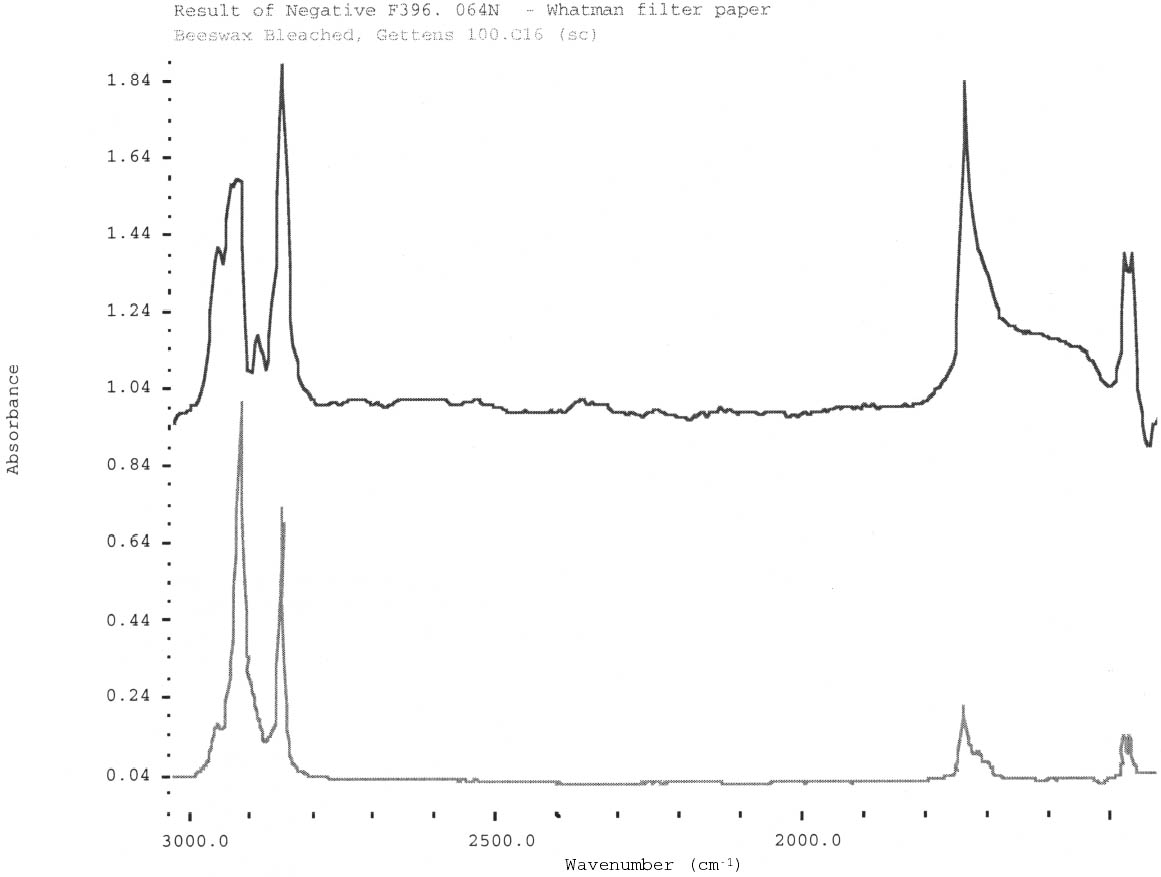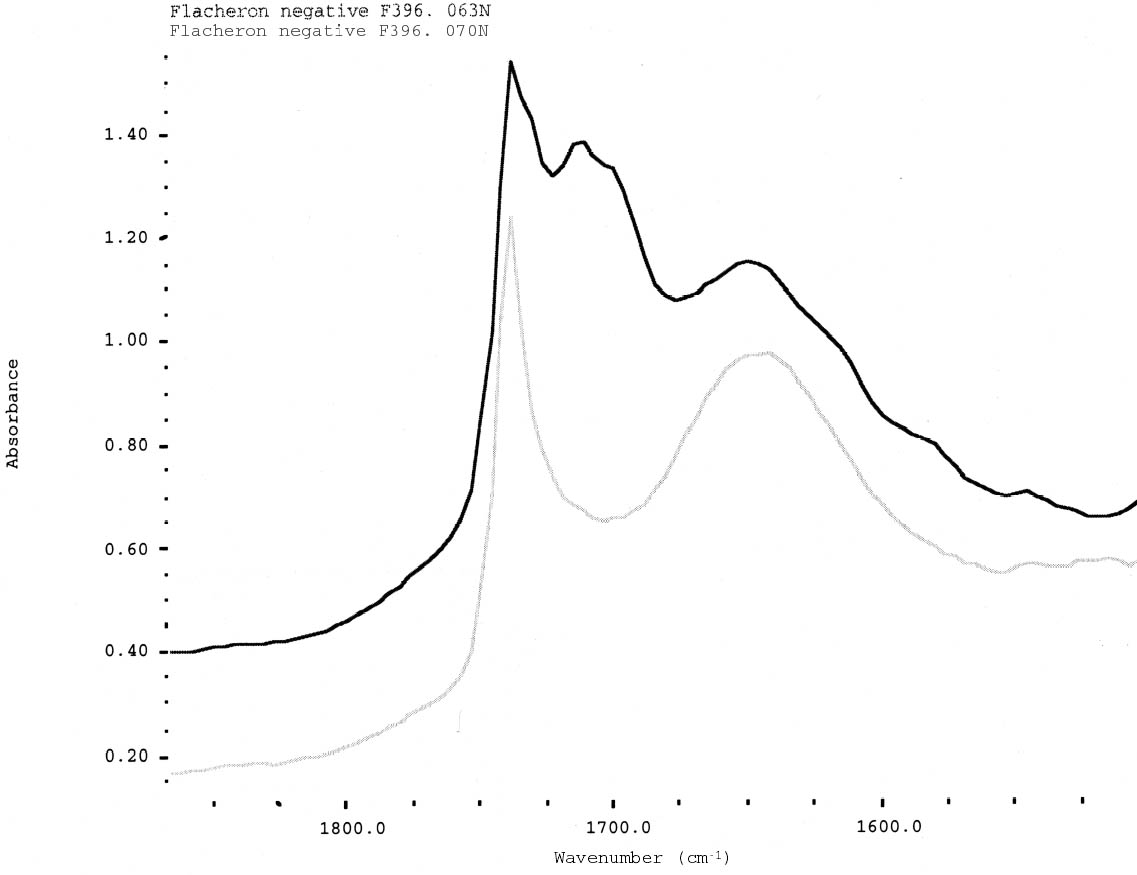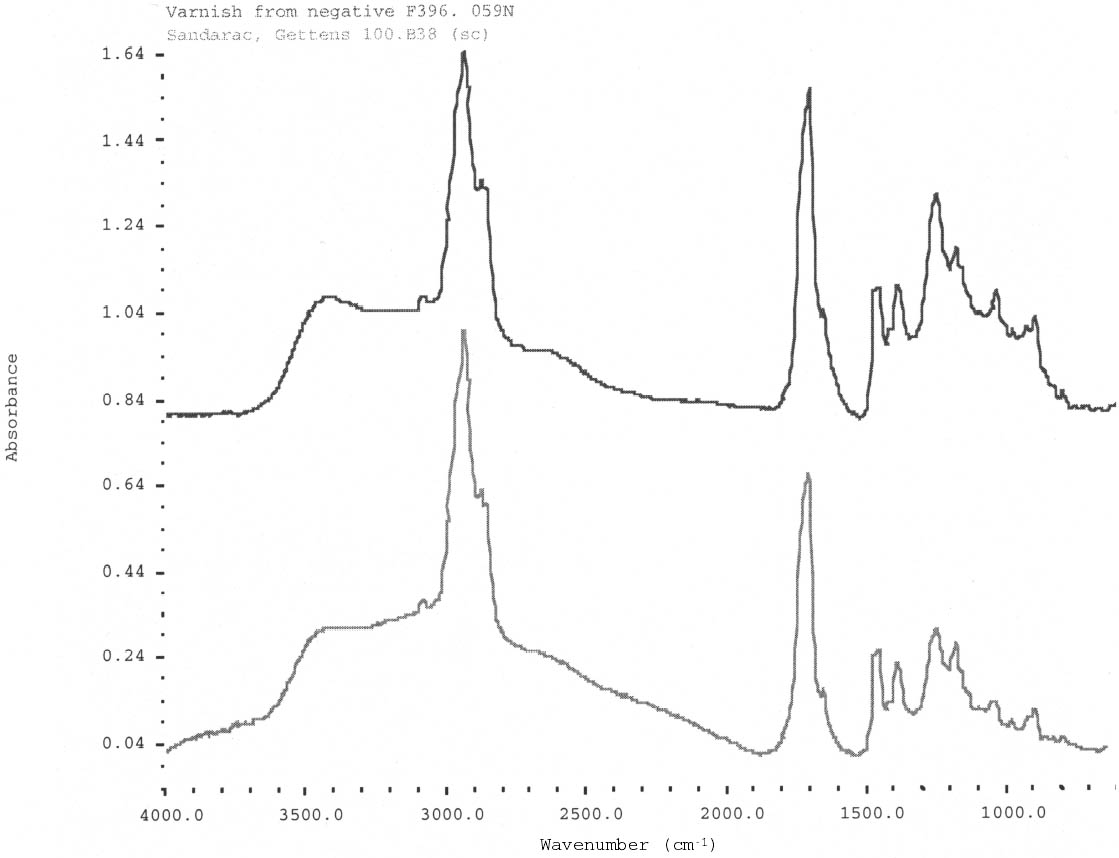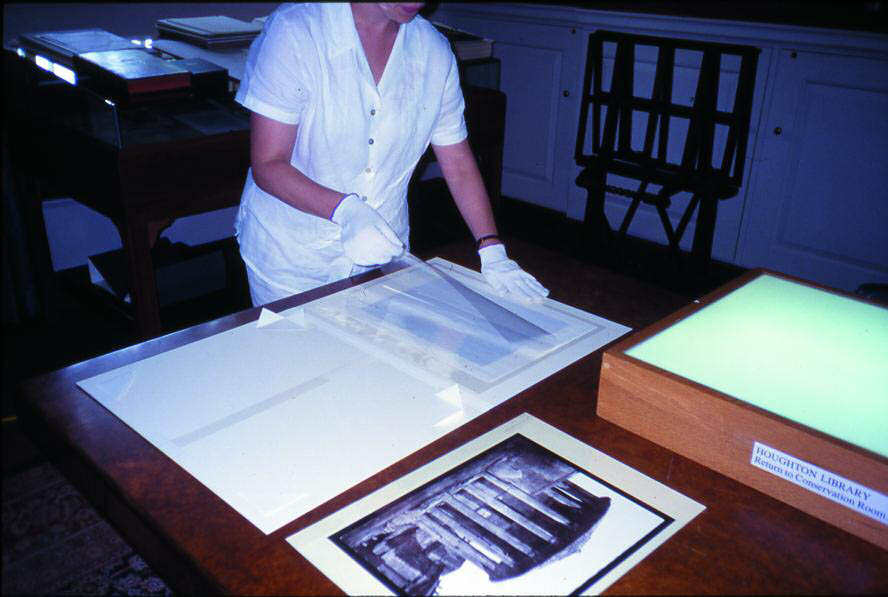“A TRANSPARENT ATMOSPHERE”: THE PAPER NEGATIVES OF FR�D�RIC FLACH�RON IN THE HARRISON D. HORBLIT COLLECTIONLEE ANN DAFFNER
5 PRESERVATION MEASURES FOR THE PAPER NEGATIVESEach physical aspect of the paper negatives presented important preservation concerns to be addressed in their examination and rehousing: thin, delicate papers, loose or friable retouch media, and the presence of waxes and resins warrant special consideration during
A computer database using FileMakerPro 4.0 was created to collect information from the survey and to complement the existing bibliographic database for the Harrison D. Horblit Collection of Early Photography. The item-level object survey consists of a description addressing overall condition, handling, and manipulation observations relating to original fabrication, process identification, and both general and specific material aspects of each individual artifact. The survey form specifies the four primary material components of each negative: final image material, primary support, transparentizer, and media. The database allows the researcher to compare specific areas of interest throughout the collection through keyword searches. For example, it facilitates quick and accurate searches of paper negatives with
Each paper negative was photographed recto and verso with 35 mm Ektachrome 160T professional color slide film. Details were taken of inscriptions, and a selection of negatives was photographed through transmitted light. All slides were labeled and placed into archival binders. Researchers will be asked to consult the slides before selecting negatives to be retrieved from the storage for viewing, thus reducing wear and undue handling of the object. A storage enclosure in two sizes was designed and fabricated for this collection. The small negatives fit easily into a 11 � 14 in. folder, while the large negatives fit into folders measuring 16 � 20 in. These standard-size folders are placed into archival-quality clamshell boxes. The use of standard-size enclosures is recommended for uniformity and safe retrieval of the artifacts. Each negative is placed first between two sheets of lightweight, smooth-finish, archival-quality paper, such as Photo-Tex, which is then inserted into a 5 mil Mylar sleeve. The package is secured into a four-ply mat board folder with four paper photocorners. The two photo-corners at the outside edge of the folder are secured with archival-quality pressure-adhesive tapes. The two photo-corners at the seam of the folder are secured but cut in such a manner that they can be opened in order to slide the Mylar sleeve onto a viewing surface (fig. 18, see page 448). All materials in direct contact with the photographic artifacts passed the photographic activity test (PAT) of ISO 14523 (ISO 1999). Handling guidelines (see appendix 1) are kept with the negatives and are a critical component of the long-term preservation of these materials.
|



